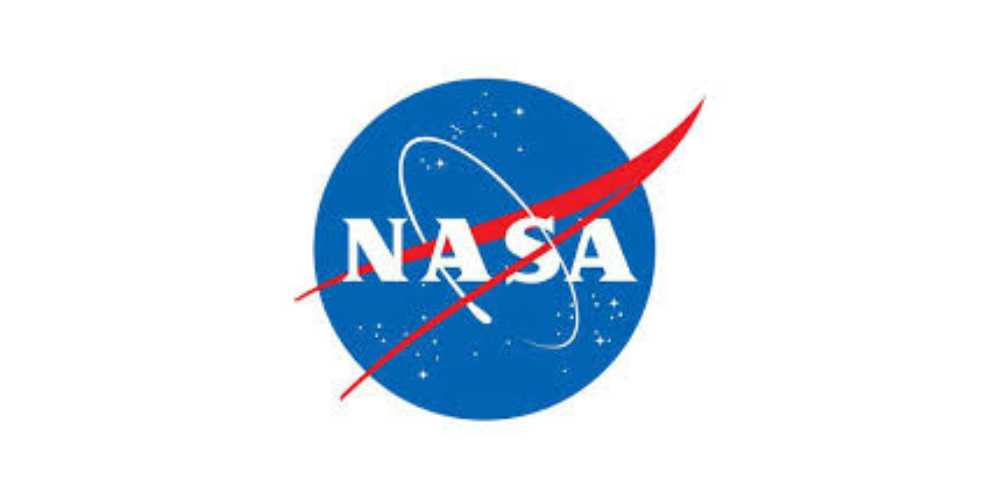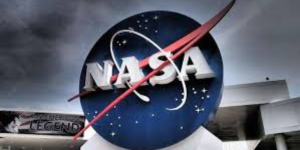Trump-Musk Dispute Deepens Concerns Over NASA’s Budget and the Future of Space Exploration

Anúncios
Introduction: Rising Tensions Threaten NASA’s Future in Space Exploration
The continuing dispute involving US President Donald Trump and billionaire entrepreneur Elon Musk over a significant spending bill has escalated concerns about the future of NASA’s funding.
The already precarious budget of the space agency is facing the prospect of deep cuts, with President Trump requesting substantial reductions to NASA’s funding for science and technology projects.
These cuts are poised to hinder the advancement of numerous critical space missions, many of which are essential for the exploration of the Moon, Mars, and beyond.
In addition to the proposed budget cuts, President Trump has threatened to withdraw federal contracts with SpaceX, Musk’s space company, further jeopardizing the United States’ space program.
Anúncios
SpaceX’s contribution, particularly its Falcon 9 rocket fleet, is vital for resupplying the International Space Station (ISS) and supporting NASA’s ambitions to send astronauts to the Moon and Mars.
This has sparked alarm among space scientists, engineers, and policy experts, who fear that such cuts would significantly delay or even cancel vital space exploration initiatives. 🚀

Anúncios
The Impact of Budget Cuts on NASA’s Space Missions
NASA’s budget, which was already under scrutiny, now faces even more uncertainty in light of political disagreements.
The White House’s proposal to cut funding for NASA has left many within the space community anxious about the future of various ongoing and planned missions.
According to experts, the cuts could have a devastating impact on the development of space science projects, many of which are crucial for understanding the Earth’s climate, exploring other planets, and advancing space technology.
Proposed Budget Cuts: A Closer Look at the Details
The proposed budget cuts would drastically reduce funding for NASA’s science programs, potentially halting 40 current and planned missions.
Some of these missions are already in space, with most of their development and launch costs already incurred.
For instance, several planetary missions that are crucial for advancing scientific knowledge about the cosmos, including Mars exploration and planetary defense, are now at risk of being shut down.
Despite the severity of the situation, NASA has expressed its intention to align its operations more closely with the goal of exploring the Moon and Mars.
The agency’s proposed budget reduction of nearly a quarter of its funding would prioritize missions related to these objectives, while sidelining other important projects such as climate monitoring and Earth observation. 🌍
Shifting Priorities: The Focus on Mars and the Moon
Under the new budget proposal, NASA would refocus its efforts on landing astronauts on the Moon and eventually sending humans to Mars.
While proponents of the budget argue that this provides NASA with a clear purpose, reminiscent of the space race in the 1960s and 70s, critics contend that this narrow focus comes at the expense of critical space science programs.
As Dr. Adam Baker, a space analyst, pointed out, President Trump’s approach is essentially repurposing NASA’s mission to prioritize space exploration achievements — such as planting the US flag on Mars — over other important scientific and environmental goals.
This shift in focus is concerning to many scientists who argue that space exploration should not come at the cost of long-term scientific research and international collaboration.
SpaceX’s Role in NASA’s Operations: A Fragile Partnership
One of the most significant aspects of NASA’s current operations is its reliance on private companies, particularly SpaceX, for launching and resupplying the ISS.
SpaceX, which has developed the Falcon 9 rocket system, has become a key player in the US space program, with NASA depending on the company to deliver astronauts and supplies to the space station.
However, the current feud between President Trump and Elon Musk has put this vital partnership in jeopardy.
Trump has threatened to cut federal contracts with SpaceX, which would leave NASA scrambling to find alternative means of resupply and transportation to the ISS. The prospect of such a disruption is particularly concerning given that NASA is already facing budget limitations.
The loss of SpaceX’s services would further strain the space agency’s resources and delay critical missions, such as the Artemis Program, which aims to return astronauts to the Moon by 2024.
| Aspect | Details |
|---|---|
| 🚀 Reusable Rockets | SpaceX’s Falcon 9 and Starship systems can be reused, reducing the need for building new rockets for each mission. |
| 💰 Cost Efficiency | Reusability significantly lowers launch costs, offering NASA a more budget-friendly alternative to traditional expendable rockets. |
| 🤝 NASA-SpaceX Partnership | SpaceX’s innovation supports NASA’s goals for sustainable and cost-effective space missions. |
However, despite the promise of these new technologies, the development of SpaceX’s Starship rocket has not been without its challenges.
The Starship has faced multiple failed test flights, raising doubts about its ability to meet NASA’s timelines for lunar and Martian exploration.
Similarly, Blue Origin, Jeff Bezos’s space company, is developing the New Glenn rocket, which also promises reusable capabilities, but is still in the early stages of development.
The risk is that, without proper funding and government support, these innovative systems could be delayed or fail to meet NASA’s needs, forcing the space agency to reconsider its approach to launching astronauts and supplies.
Dr. Simeon Barber, a space scientist, expressed concernregarding the possible risks of depending excessively on private companies for NASA’s space operations.
He warned that if SpaceX or Blue Origin decide to pull back from their involvement, NASA could face significant setbacks.
International Collaboration: The Fate of Global Partnerships
One of the most troubling aspects of the proposed NASA budget cuts is the impact it will have on international collaborations.
Many of NASA’s projects involve partnerships with other aerospace organizations, including the European Space Agency (ESA) and Japan’s JAXA, as well as private sector players like SpaceX.
The cuts threaten to reduce NASA’s contributions to crucial international projects, such as the Lunar Gateway, a planned space station to orbit the Moon, and the Mars Sample Return mission, which involves collecting and returning samples from the Red Planet.
In particular, the ESA is concerned about the potential loss of access to the International Space Station (ISS) and its reduced involvement in the Lunar Gateway if NASA’s funding is slashed.
Prof. Sir Martin Sweeting, head of the UK-based space firm Surrey Satellite Technology Ltd, acknowledged that while the situation is “unwelcome,” it could serve as an opportunity for Europe to take a more active role in space exploration, moving away from NASA’s leadership.
However, this shift in responsibility could have negative short-term implications for European space programs, particularly those reliant on NASA’s expertise and resources.
The Impact on Earth Observation and Climate Science
Perhaps the most pressing concern for many experts is the potential loss of NASA’s Earth observation initiatives that serve an essential function in overseeing climate change and assessing the health of our planet.
These programs provide vital data on everything from deforestation to ocean temperatures, helping scientists and policymakers make informed decisions about environmental protection.
Dr. Adam Baker highlighted that these Earth observation programs are “our canary in the coal mine,” warning that cutting them could leave humanity unprepared to address the impacts of climate change.
If the budget cuts proceed as planned, the loss of these early warning systems could have dire consequences for the global response to environmental challenges. 🌱
Political Gridlock and the Future of NASA’s Budget
The fate of NASA’s budget now rests with Congress, where political gridlock could lead to prolonged uncertainty. While some Republicans have privately expressed their support for the cuts, others are opposed to the proposed reductions.
Casey Dreier of the Planetary Society warned that without bipartisan support, NASA could face a situation where no budget is approved, and the reduced funding from the White House becomes an interim measure that could be difficult to reverse.
NASA’s long-term planning could be thrown into disarray if Congress fails to approve a budget that adequately supports the agency’s missions.
Once critical programs are cut, it is extremely difficult to reinstate them, leaving NASA in a precarious position.
Conclusion: The Uncertain Future of the US Space Program
As the debate over NASA’s future funding continues, one thing is clear: the space agency’s ability to lead in space exploration, science, and technology is at risk.
With deep cuts proposed to essential programs, reliance on private companies like SpaceX, and political infighting threatening the stability of the US space program, the future of NASA remains uncertain.
The next few months will be critical for NASA as it navigates these challenges.
Whether or not Congress can reach a consensus on the space agency’s budget will determine the trajectory of the United States’ ambitions in space exploration.
As global partnerships falter and NASA’s goals become more narrowly defined, the broader impact on humanity’s understanding of space and the planet’s future will be felt for generations to come. 🌌







